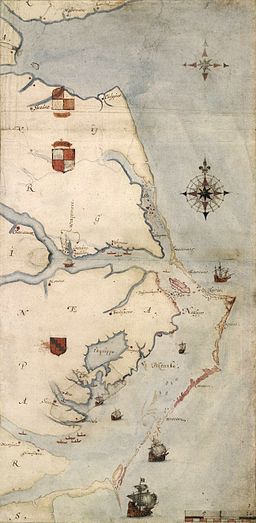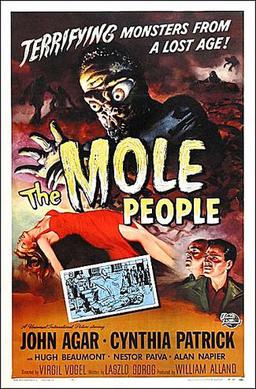More details have come to light as archaeologists unearth an extraordinary mass grave in the UK. This video, provided in an article by the Daily Mail, shows the scope of the operation.
The unmarked graves were accidentally discovered by Crossrail construction workers who were building the new Liverpool Street rail station. The discovery grew to hundreds and then 3,000 skeletons are expected to be brought up.
Some of the bodies may date back to the late 1500s and would include victims of the Great Plague in 1665. Many others were patients of the Bethlem Royal Hopital, which later became known as Bedlam. It was Europe’s first dedicated psychiatric facility. Bethlem has a pretty unsavory history, and existed in a time when mental illness was treated with what we see today as a great deal of cruelty. Though, some day people may look back on our own modern practices as barbaric.
Very few of the graves contained anything other than bones. A crucifix was found in one and a few other artifacts were recovered. It seems that these souls were too poor to have anything else laid to rest with them.
Commentary on the article is interesting with many crying out against the excavations, wanting to let the dead rest in peace. Is it a good idea to disturb these graves? Movies like Poltergeist (the good, original one) suggest that building over the dead and disturbing graves can have unpleasant consequences. There are certainly plenty of stories by people who feel they are haunted because the dead do not want to be disturbed. On the other hand, we learn much by studying the old and ancient dead. Perhaps this will bring us closer to our brothers and sisters of the past.





















 Today is a day to reflect on independence, not just in the United States of America, but in the
Today is a day to reflect on independence, not just in the United States of America, but in the